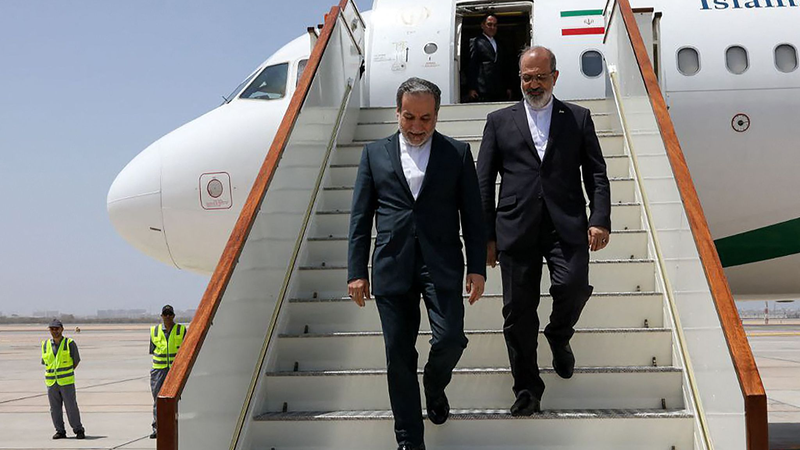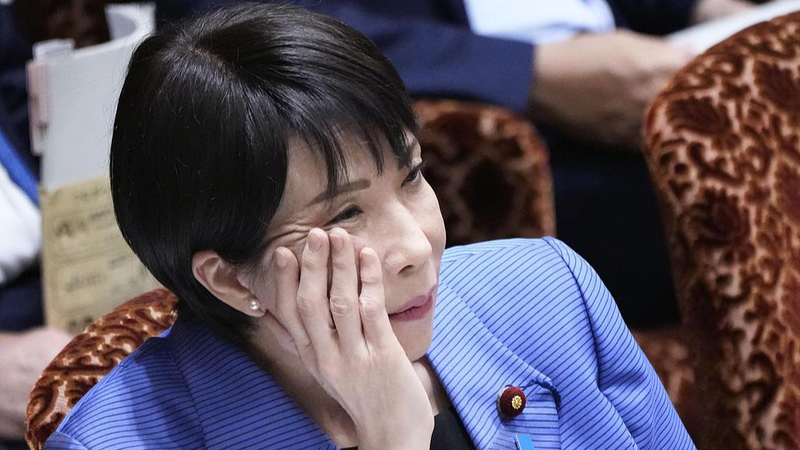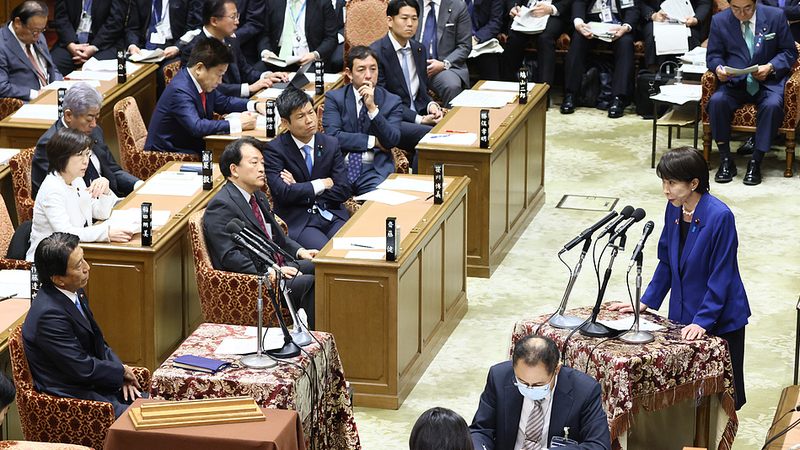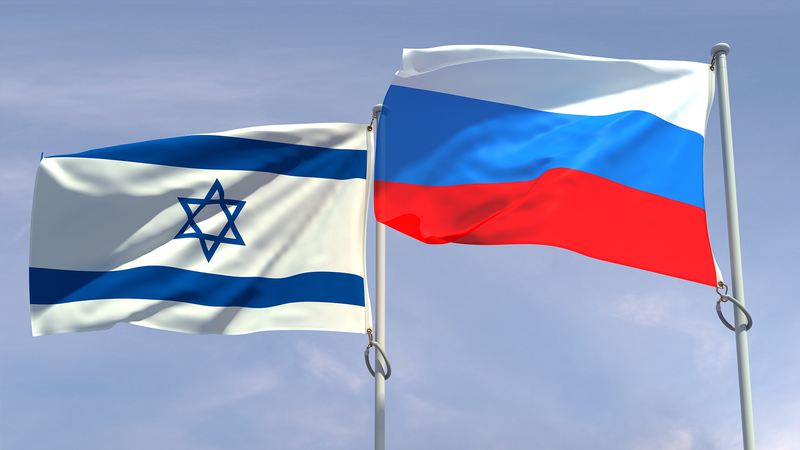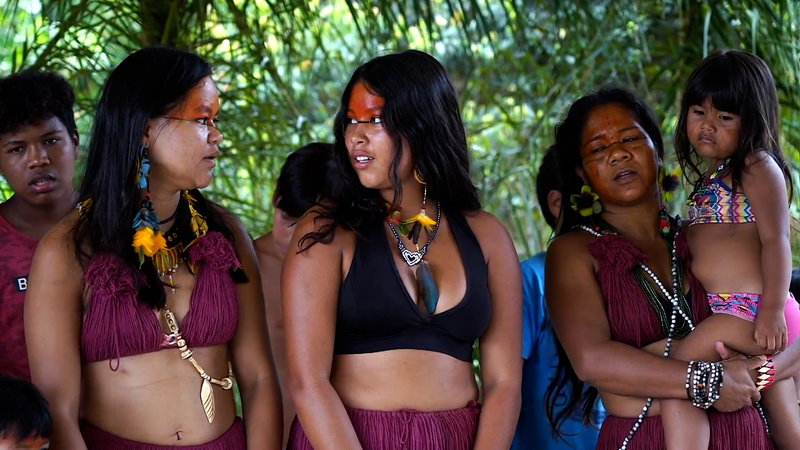In a fresh push to revive the 2015 nuclear deal, indirect negotiations between Iran and the United States in Muscat, Oman, are gaining momentum. Iranian Foreign Minister Abbas Araghchi described the fourth round as "much more serious and frank," signaling a shift from broad discussions to detailed proposals.
Hosted by Oman’s diplomatic team, these talks aim to restore the Joint Comprehensive Plan of Action (JCPOA) after the US withdrew in 2018. Since then, Iran has gradually eased its commitments, including uranium enrichment beyond previous limits.
What’s on the Table?
- US demands for Iran to dismantle nuclear infrastructure at Natanz, Fordow and Isfahan
- Tehran’s insistence on preserving its peaceful nuclear rights, backed by a religious decree against weapons development
- Technical proposals around uranium enrichment, verification and phased sanctions relief
President Masoud Pezeshkian underscored that "this is unacceptable. Iran will not relinquish its peaceful nuclear rights," emphasizing Iran’s civilian use of nuclear technology for healthcare, agriculture and industry.
A US delegation led by Special Envoy Steve Witkoff reiterated calls for full dismantlement, while US Secretary of State Marco Rubio suggested importing enriched uranium under strict oversight. Both sides have agreed to continue negotiations, though Araghchi admits the issues are growing more complex as details emerge.
Why It Matters Globally
For young global citizens and tech enthusiasts, these talks could reshape energy markets and tech collaborations. Entrepreneurs and students in emerging markets are watching how sanctions relief might unlock new investment opportunities in Iran’s energy and healthcare sectors.
Thought leaders and changemakers see this as a test of diplomatic resilience—a chance to reinforce non-proliferation norms and regional security. Meanwhile, travelers and digital nomads eye the prospect of safer, more accessible cultural exchanges in a region long defined by sanctions and geopolitical tension.
As round four wraps up, the path ahead hinges on balancing security concerns with Iran’s demand for sovereign rights. The next chapter promises deeper technical debates—and perhaps, a breakthrough that could shift the global energy and security landscape.
Reference(s):
cgtn.com
